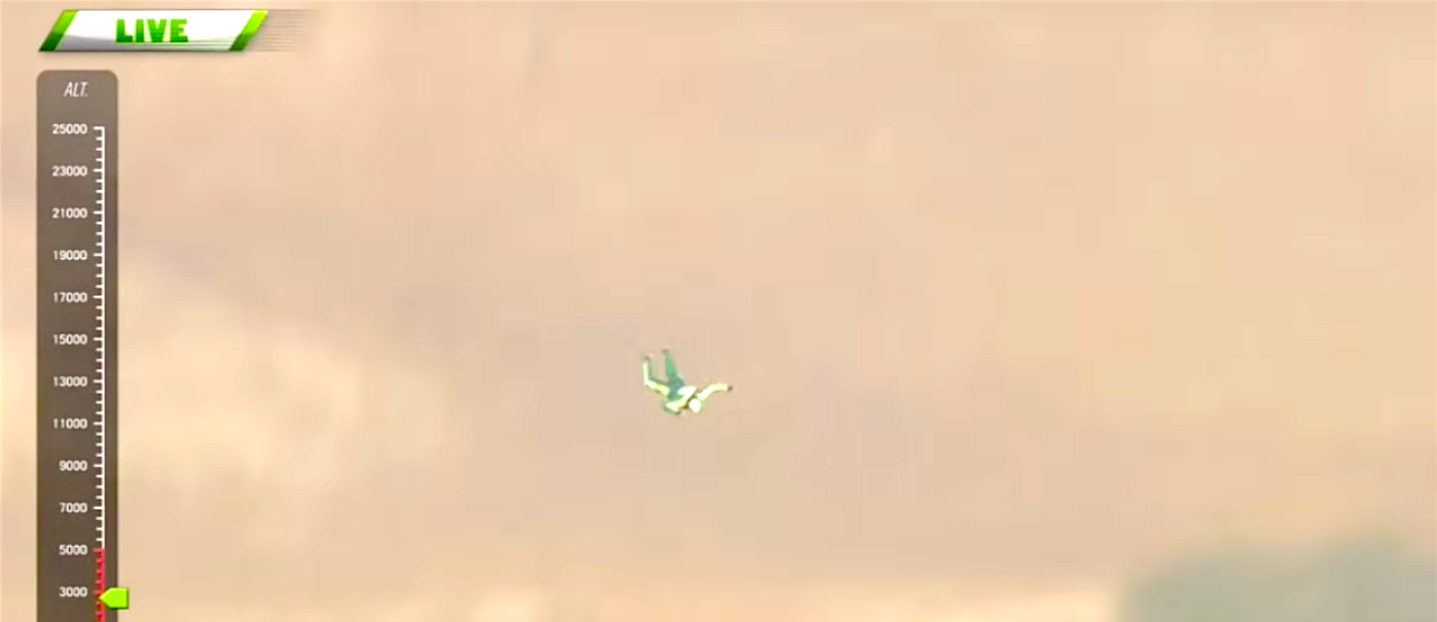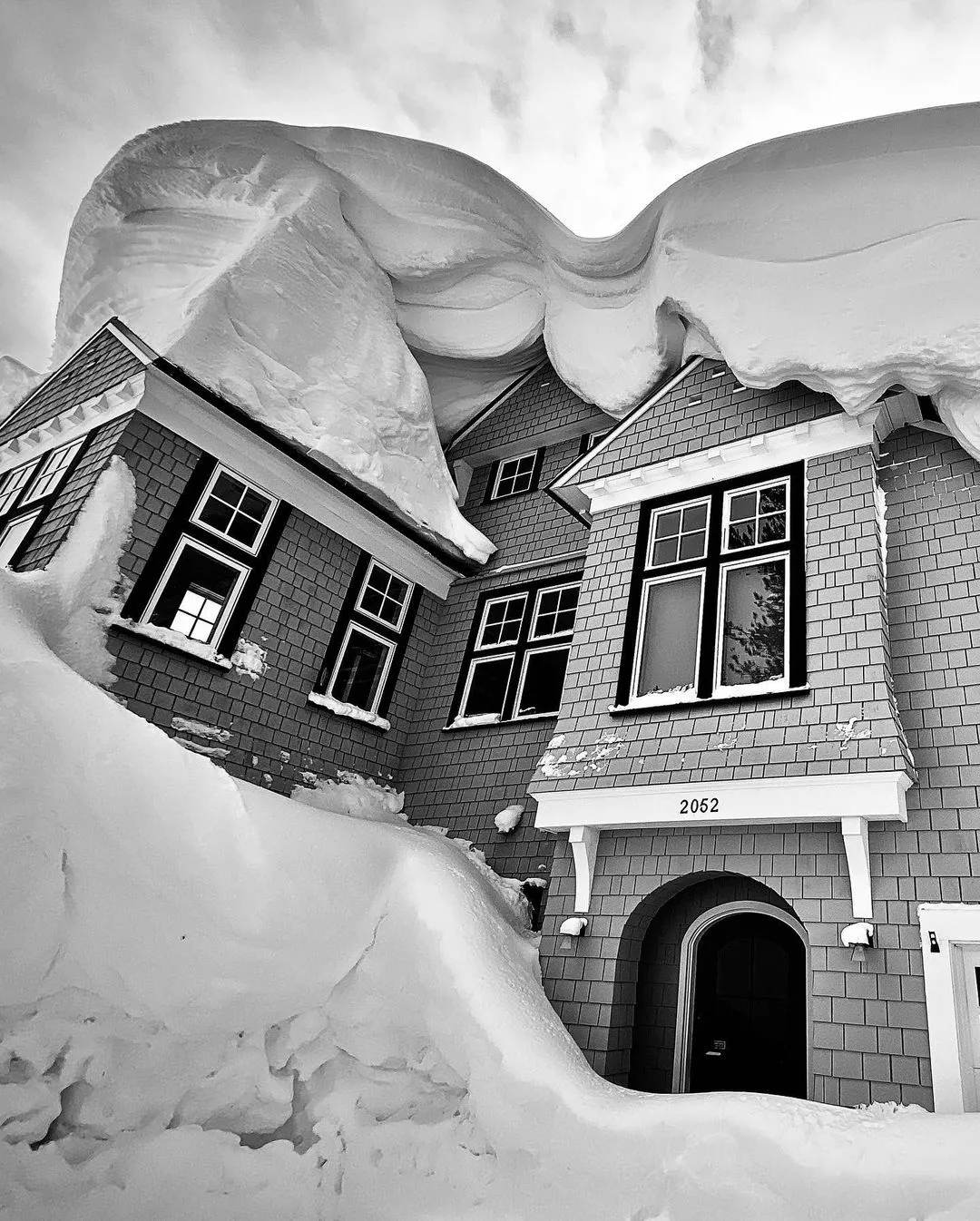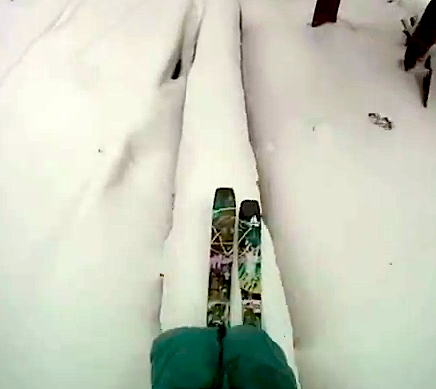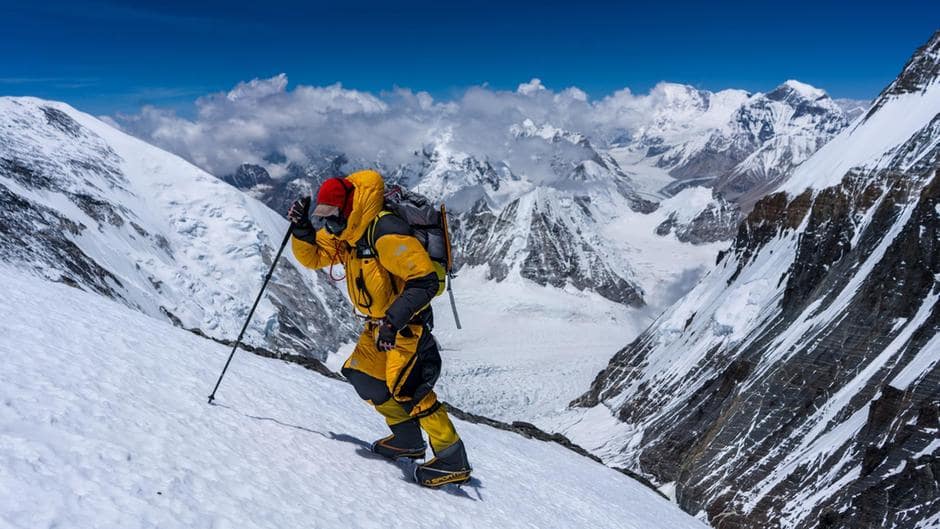
As we gain elevation in the mountains, changes happen to our bodies. We find it harder to catch our breath, our muscles feel heavier, and we tire more easily. These symptoms are quite common when entering a new altitude, and normally our bodies can adapt. However, in some cases, a life-threatening form of altitude sickness can quickly develop.
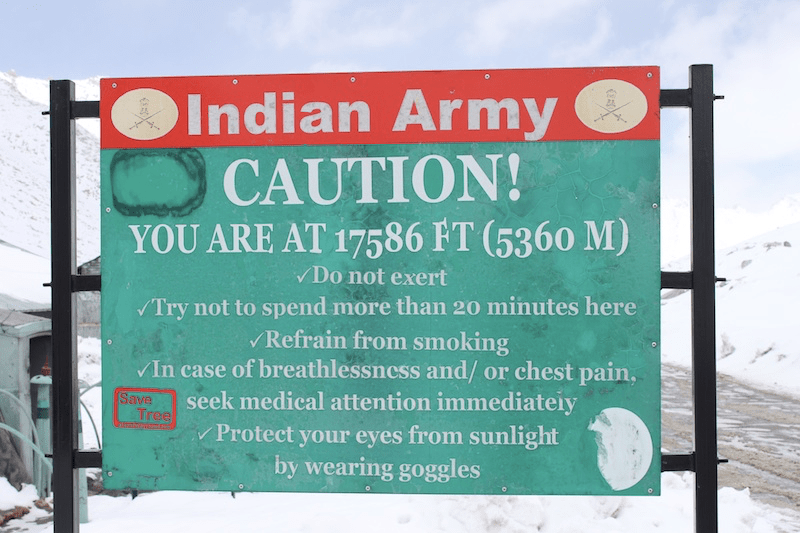
This is called high-altitude pulmonary edema, or HAPE, which is the accumulation of fluid in the lungs caused by rapid altitude ascent. This most often occurs at elevations above 2500m (8000ft). The first warning signs of HAPE include shortness of breath and extreme fatigue. A person showing these symptoms can quickly deteriorate, developing a dry cough, a fast heart rate, and blue skin. It is vital for the person showing signs of HAPE to be moved to a lower altitude as quickly as possible. Supplemental oxygen, if available, should also be given.
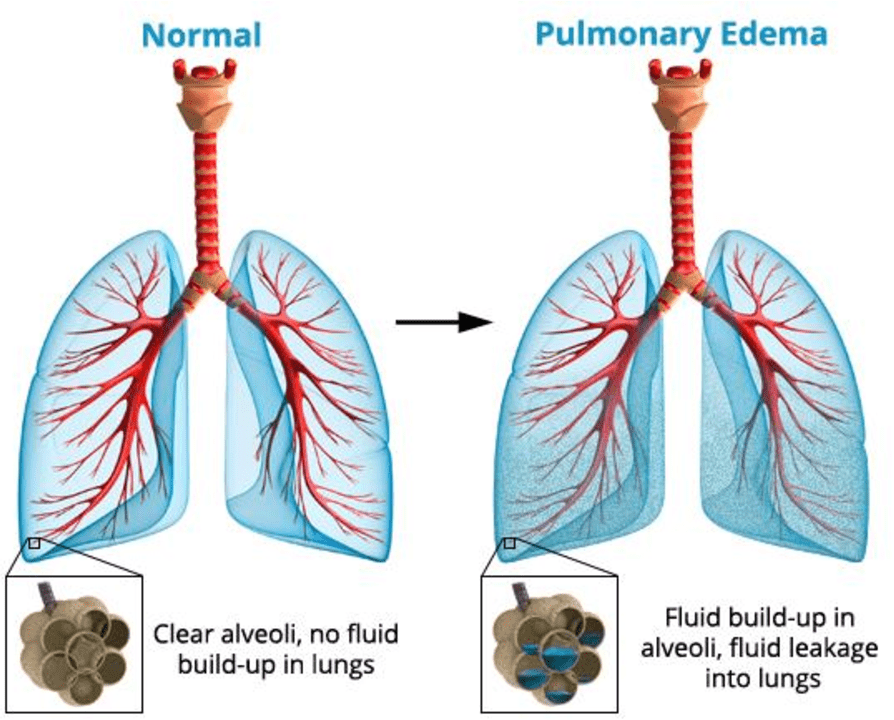
HAPE can be fatal if not properly treated, as fluid build-up in the lungs eventually causes respiratory failure. Thankfully there are plenty of ways to prevent HAPE and other altitude problems when adventuring in the mountains. Stay hydrated, avoid alcohol, and most importantly: ascend slowly.
“The planning and pacing of ascents is of critical importance. HAPE tends to be less frequent on well-planned ascents to much greater heights, despite the greater degree of hypoxemia (low blood oxygen levels)” — Dr. Charles Patrick Davis, MD, PhD, for MedicineNet
As we explore mountain environments, it’s important to monitor ourselves and others in our group to protect ourselves from dangers such as HAPE. This way we can continue to enjoy the mountains and everything they have to offer.

